Optimal Timing for Storm Restorations
Storm restorations are most effective when performed promptly after storm events to minimize damage and prevent further deterioration. The ideal timing depends on weather patterns, seasonal conditions, and local climate factors. In regions like Roseville, California, late fall through early spring often provides optimal conditions for storm restoration projects due to milder weather and fewer rain interruptions.
Conducting assessments immediately after storms helps identify damage early, enabling timely repairs that prevent secondary issues.
Spring and fall typically offer the best weather windows for storm restoration, avoiding heavy rain and snow that can delay work.
Preparing structures before storm seasons can reduce damage and facilitate quicker restoration when storms occur.
Monitoring weather forecasts helps schedule restoration activities during periods of stable weather.
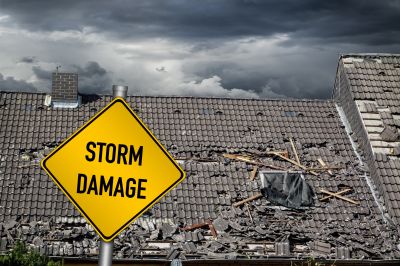
Evaluating damage promptly after storms ensures effective restoration planning.
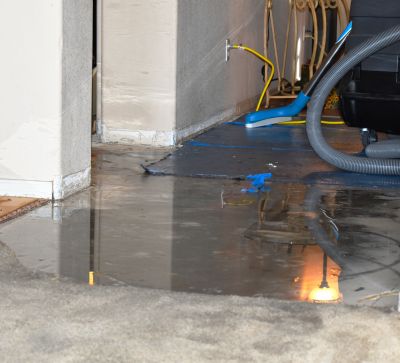
Specialized tools and machinery are used during storm restoration projects.

Skilled teams perform repairs efficiently during optimal weather conditions.
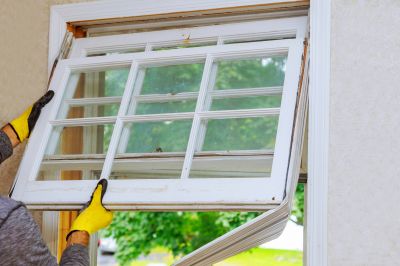
Ways to make Storm Restorations work in tight or awkward layouts.

Popular materials for Storm Restorations and why they hold up over time.

Simple add-ons that improve Storm Restorations without blowing the budget.
| Factor | Optimal Timing |
|---|---|
| Post-storm damage detection | Immediate to 48 hours |
| Seasonal weather conditions | Late fall to early spring |
| Forecast stability | Within weather windows |
| Storm frequency | During storm seasons |
| Preparation period | Before storm season begins |
| Emergency response | Immediately after storm events |
| Structural assessment | Within days of damage |
| Weather delays | Avoid peak rainy or snowy periods |
Storm restorations involve repairing damages caused by high winds, heavy rain, hail, and other storm-related impacts. Proper timing ensures that repairs are durable and effective, reducing the risk of future issues. The process often includes assessments, debris removal, structural repairs, and weatherproofing measures. Accurate timing can also help control costs and improve safety during restoration activities.
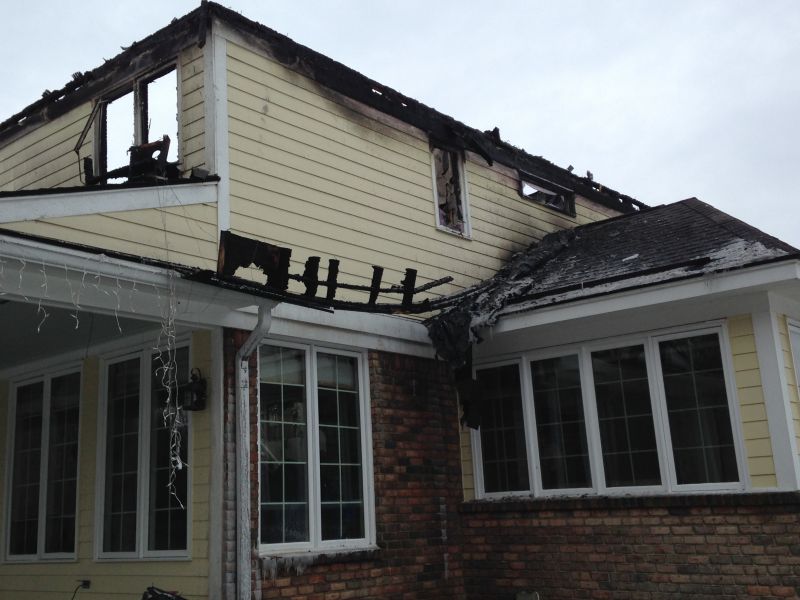
Timely repairs restore safety and structural integrity.
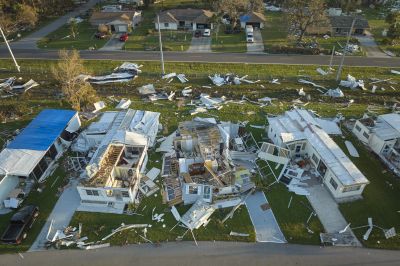
Rapid response teams mitigate further damage.
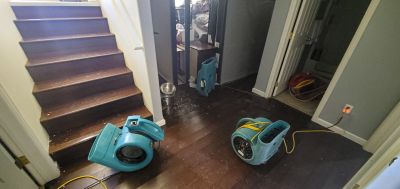
Advanced tools facilitate efficient repairs.
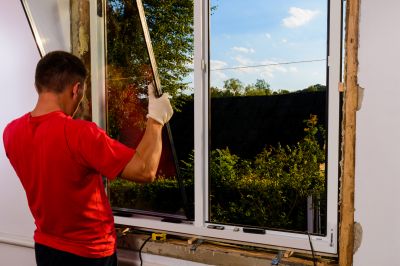
Skilled professionals perform repairs during optimal conditions.

High-end options that actually feel worth it for Storm Restorations.
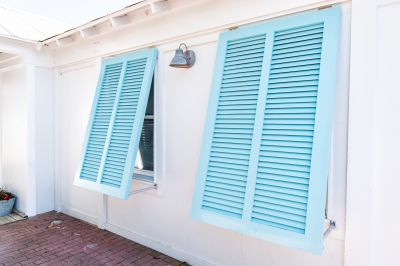
Finishes and colors that play nicely with Storm Restorations.
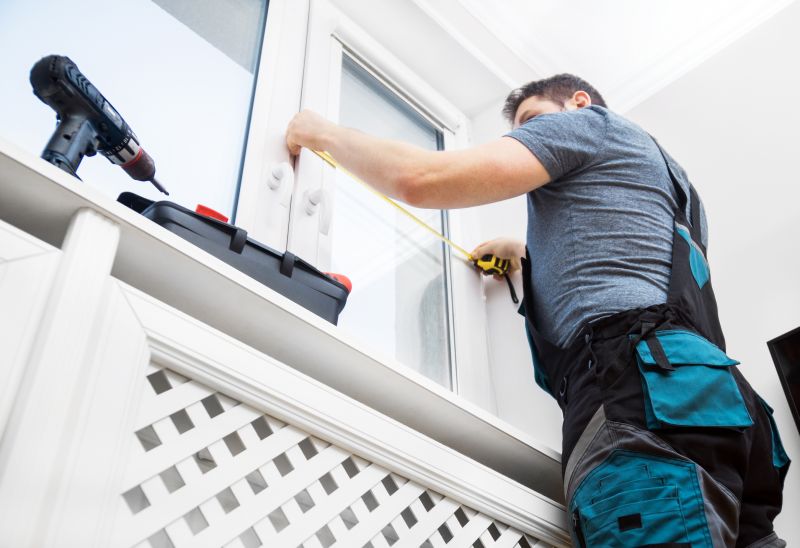
Little measurements that prevent headaches on Storm Restorations day.

A 60-second routine that keeps Storm Restorations looking new.
Interested in storm restorations? Filling out the contact form can provide more information and help schedule assessments or repairs at the most suitable time for property preservation and safety.
